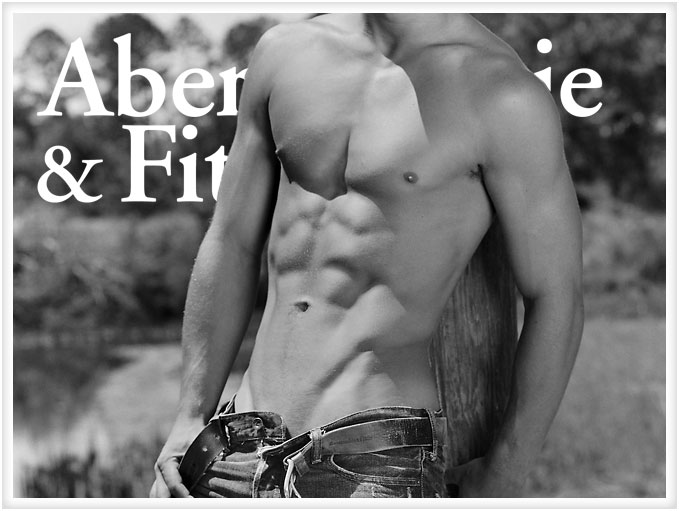
There’s this viral thing going around the Internet: Jes Baker of the Militant Baker, angered by comments made by Abercrombie & Fitch CEO Mike Jeffries, wrote an open letter to the company and attached photos of herself in the infamous black & white style of A&F ads and modeling an A&F t-shirt. Those pictures have since been shared across the Internet, covered on a host of mainstream news outlets, and has even landed Baker a coveted guest spot on the “Today Show”.
The comments that sparked it all? In 2006, Salon magazine interviewed Jeffries and included this passage:
“[W]e hire good-looking people in our stores. Because good-looking people attract other good-looking people, and we want to market to cool, good-looking people. We don’t market to anyone other than that.”
As far as Jeffries is concerned, America’s unattractive, overweight or otherwise undesirable teens can shop elsewhere. “In every school there are the cool and popular kids, and then there are the not-so-cool kids,” he says. “Candidly, we go after the cool kids. We go after the attractive all-American kid with a great attitude and a lot of friends. A lot of people don’t belong [in our clothes], and they can’t belong. Are we exclusionary? Absolutely. Those companies that are in trouble are trying to target everybody: young, old, fat, skinny. But then you become totally vanilla. You don’t alienate anybody, but you don’t excite anybody, either.”
This quote implies — if not outright states — that fat people aren’t the cool and popular and beautiful customers that Abercrombie & Fitch wants shopping at their store. Cue the Militant Baker’s Attractive & Fat photoshoot, the Change.org petition, and Baker’s rallying cry that, “I challenge the separation of attractive and fat, and I assert that they are compatible regardless of what you believe. Not only do I know that I’m sexy, but I also have the confidence to pose nude in ways you don’t dare.”
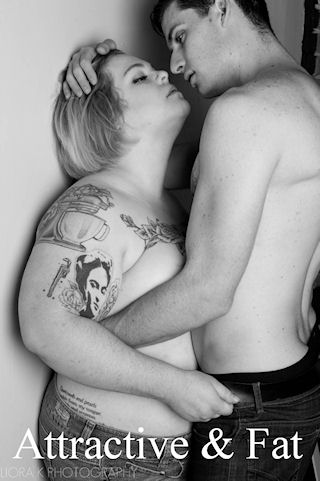
Okay, so I get it: Abercrombie & Fitch shouldn’t be exclusionary.
…except, I kind of don’t get it: this is Abercrombie & Fitch we’re talking about, right? I mean, hasn’t Abercrombie & Fitch always been exclusionary? Isn’t that their frickin’ business model!?!
That 2006 Salon article from which the original quote was pulled is about Jeffries’ (arguably highly-successful) reinvention of the Abercrombie & Fitch brand-name into an in-demand uniform for America’s self-identified young social elite. Over the last several decades, A&F has built a fashion empire by selling clothes to a very select, very specific, target demographic. In Jeffries’ own words:
To Jeffries, the “A&F guy” is the best of what America has to offer: He’s cool, he’s beautiful, he’s funny, he’s masculine, he’s optimistic, and he’s certainly not “cynical” or “moody,” two traits he finds wholly unattractive.
Abercrombie & Fitch is as much about selling surfer clothes to America’s tween and twenty-something self-described “cool kids” as it is a large-scale vanity project for a 70-year-old man trying to remake America in the image of his own very disturbed ideas about who and what the ideal American is and looks like. I mean, Jeffries doesn’t just want to sell clothes to the “A&F guy”; he is actually trying to be the A&F guy. I mean just look at him:
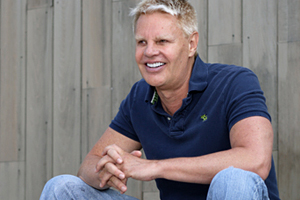
Writes Salon:
His biggest obsession, though, is realizing his singular vision of idealized all-American youth. He wants desperately to look like his target customer (the casually flawless college kid), and in that pursuit he has aggressively transformed himself from a classically handsome man into a cartoonish physical specimen: dyed hair, perfectly white teeth, golden tan, bulging biceps, wrinkle-free face, and big, Angelina Jolie lips. But while he can’t turn back the clock, he can — and has — done the next best thing, creating a parallel universe of beauty and exclusivity where his attractions and obsessions have made him millions, shaped modern culture’s concepts of gender, masculinity and physical beauty, and made over himself and the world in his image, leaving them both just a little more bizarre than he found them.
Because nothing says “confidence” like thousands of dollars worth of plastic surgery.
As for the company itself, Abercrombie & Fitch‘s business model is best-described with the one word that Jeffries’ uses: “aspirational”. Like it or not, Abercrombie & Fitch sells to a very specific, self-limited demographic that can and will purchase their clothes; and those who can’t, really really want to. Abercrombie & Fitch cultivates that exclusionary atmosphere in its stores because it caters to a very real, if distasteful, aspect of society: there is an “in” crowd, and we all want to be a part of it. Or, put another way, if everyone can wear your shirt, there’s nothing special about you when you wear it; and everyone likes being special.
And so, Abercrombie & Fitch is the most ubiquitous exclusive club on the planet. Despite the fact that every mall in America seems to boast an Abercrombie & Fitch store, the company is clearly trying to limit its customer base. First of all, all of their clothing styles look exported straight off a California beach, and are therefore remarkably impractical for anyone who doesn’t live in Southern California. Further, their clothes only run between sizes 0 and 10 — a maximum of a 38″ bust or a 31″ waist for women — despite the fact that the national average in women’s waist size is 37.5″.
Consider also that every single Abercrombie & Fitch model looks like they were cloned from two surviving members of Hitler’s Youth Army rendered immortal as a result of Nazi doctors’ human experimentation but were then forced on the run at the end of World War II before they were covertly discovered by CIA spies in Europe and smuggled into the United States for study at Area 51 by scientists hoping to reverse engineer the secrets of eternal youth, but then were subsequently kidnapped by A&F operatives and are now imprisoned in an underground bunker at A&F’s Ohio headquarters where they serve as source genetic material for A&F’s army of clothing models/child soldiers being trained to carry out Jeffries’ plans for a military takeover of the Western hemisphere.
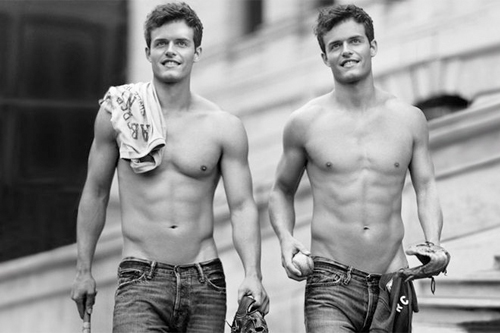
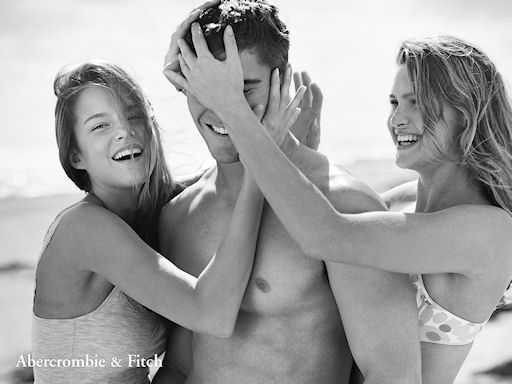
And in my final example, just take a look at your typical Abercrombie & Fitch storefront.
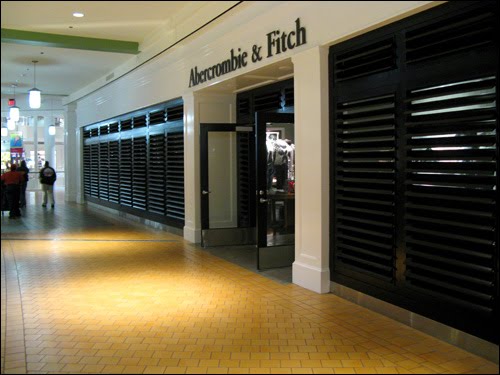
Where other stores have floor-to-ceiling panoramic glass and bright gallery lighting, every single Abercrombie & Fitch store I’ve ever seen looks like this: dark black wooden slats oriented to block curious shoppers who might want a casual glimpse at what’s being sold inside. Walk in the front door and you are immediately greeted with a wall upon which is mounted a huge black & white picture of a half-naked Aryan clone.
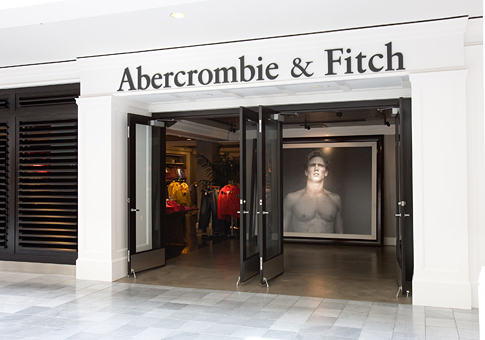
To actually access any clothes in the store, you have to make a right or left turn to see the shop’s wares; none of which you could preview from outside. And if you’ve ever been in an Abercrombie & Fitch, you’ll know it’s like being transported into a whole ‘nother world: a mildly claustrophic world stuffed full of highly pretentious clothing, devoid of natural sunlight, and smelling just a tiny bit of musk and mothballs.

In short, Abercrombie & Fitch is deliberately trying to place obstacles between interested customers and their clothes, hoping to actually deter shoppers from buying their clothes. The idea is that those who have successfully navigated these deterrents — by making it into the store, fitting into their clothes, and having enough money to buy it — will feel that much more “emotionally attached” to their A&F wardrobe because they’re now a part of that exclusive club of “A&F customers”.
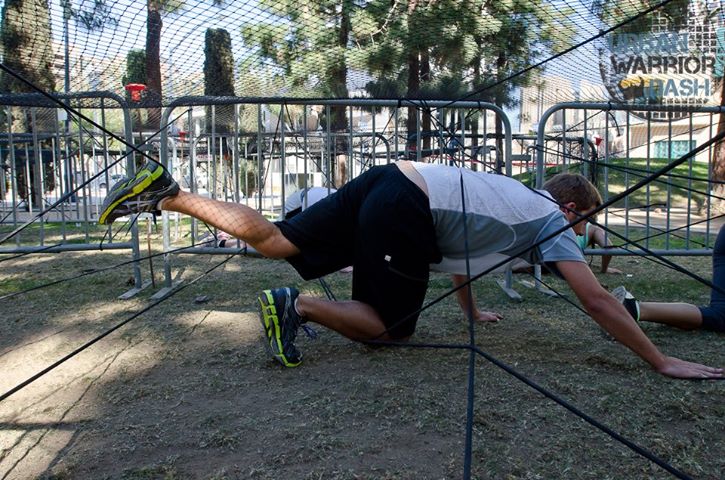
So, colour me shocked that Abercrombie & Fitch is unwelcoming to plus-size customers. For a company with a history of being both sexist and racist, finding out that A&F is fat-phobic is a little like discovering that the guy who enjoys kicking puppies has also flushed a live goldfish or two in his life. I mean, this is a company that thought a woman’s t-shirt that read “Who needs brains when you’ve got these?” across the bosom was a good idea. And, this was the company that single-handedly galvanized the modern Asian American movement with its highly-offensive racist shirts depicting buck-toothed racialized caricatures of Asian men and hearkening to the stereotype of Asian laundries.
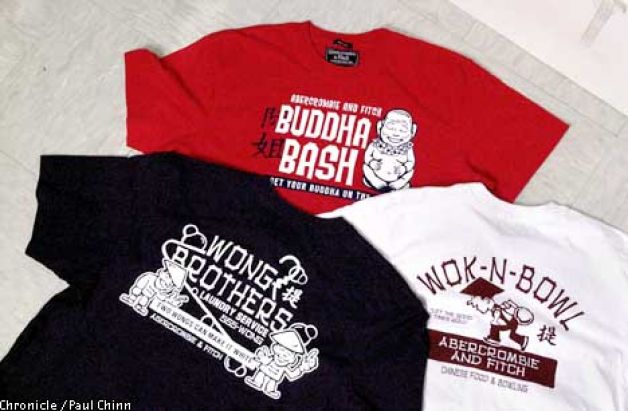
And lest we forget, this was also the company that in 2006 settled a $40 million lawsuit after complaints that it had an active and deliberate policy of discrimination against employees and candidates of colour. Because I always love an opportunity to quote YellowWorld, my former forum home:
Eduardo Gonzalez, a Stanford student from Hayward, California, was pleased with the settlement. “I remember how discouraged I felt when I applied for a job at the Santa Clara [Abercrombie & Fitch] store and the manager suggested that I work in the stock room or on the late night crew in a non-sales position. I felt it was because I was a Latino – but there was no one I could report this to at the time.”
Plaintiff Anthony Ocampo, a recent Stanford graduate, who was told he couldn’t be hired because “there’s already too many Filipinos,” agreed with Gonzalez. “It is important that Abercrombie seek out employees of color and provide them training and opportunities for promotion.”
Jennifer Lu worked at the Crystal Court Mall store in Costa Mesa, California for three years while she was a student at U.C. Irvine. She and five other Asian American employees were terminated after a visit from senior management and replaced with white sales staff. “I was very distressed after I was terminated for being an Asian American woman. I am now very excited about the policies and programs Abercrombie must implement that came about as a result of this lawsuit. I am looking forward to seeing a more diverse Abercrombie; one that actually reflects the look of America,” said Lu.
Carla Grubb, an African American student at California State Bakersfield, was constructively discharged from the Abercrombie store in the Bakersfield Valley Plaza Mall after being assigned cleaning and other menial jobs. “I felt demoralized being the only African American employee and being specifically assigned to dust the store, wash the windows and clean the floors. With this settlement, I now know that Abercrombie cannot treat other employees of color in such a manner.
So, yeah. Abercrombie & Fitch is also a little fat-phobic, too.
But, I guess what really inspired me to write this post is the overwhelming outrage against Abercrombie & Fitch. Where was this outrage 12 years ago when Abercrombie & Fitch was being racist? Where were the Asian Americans being invited on the Today show to talk about what it’s like to be Asian in America and how it’s totally not cool for a store to sell racist caricatures of our people, especially when you’re also putting your minority employees in the stockroom and on clean-up duty? Where were the hoards of mainstream reporters writing about how a company made routine practice of discriminating against employees of colour, while selling hatespeech on its t-shirts? How is it that only now — after Abercrombie & Fitch pissed off the fat-positive subculture — are people actually willing to call a discriminatory company discriminatory?
Which brings me full circle to Jes Baker and her Attractive & Fat photoshoot. Look, I’m a former fat girl: I totally and earnestly get what she was trying to do; really, I do. But there’s a part of me that’s a little disquieted about the message of the photoshoot. Here’s the thing: Abercrombie & Fitch is a multimillion dollar company because at the end of the day, the business model works. A&F has set itself up as an exclusive club, and there are customers who literally buy into it.
At the end of the day, because the Attractive & Fat photoshoot copies the Abercrombie & Fitch photographic style while merely replacing the size of one of the two models, I can’t help but wonder what exactly the message is supposed to be? In Jes Baker’s words, the problem isn’t necessarily that A&F touts an overtly restrictive beauty ideal, but instead that the restrictive beauty ideal doesn’t include short and fat people:
Never in our culture do we see sexy photo shoots that pair short, fat, unconventional models with not short, not fat, professional models. To put it in your words: “unpopular kids” with “cool kids”. It’s socially acceptable for same to be paired with same, but never are contrasting bodies positively mixed in the world of advertisement. The juxtaposition of uncommonly paired bodies is visually jarring, and, even though I wish it didn’t, it causes viewers to feel uncomfortable. This is largely attributed to companies like yours that perpetuate the thought that fat women are not beautiful.
Doesn’t this kind of imply that Jes’ problem is more that fat kids aren’t part of the “cool kids”, and not that there are cool kids in the first place? Or, it’s okay to exclude, just don’t exclude me?
I can’t help but remember the Abercrombie & Fitch protests organized within the Asian American community nearly twelve years — a movement that marked one of the first uses of the Internet for progressive social change, that provided momentum to build the politicized online Asian American community that thrives today, and that I was at least on the fringes of at the time (which I realize dates me but, y’know…). We took to the streets. We made signs. We advocated boycott.
Because what’s really troublesome about Abercrombie & Fitch isn’t that it’s exclusionary, but that it’s exclusionary and that it works. That people secretly or openly actually want to be a part of this dumbass exclusionary club, and they understand that if it didn’t exclude someone, than it wouldn’t be exclusionary.
That’s why twelve years ago, we didn’t suggest that there was anything positive about Abercrombie & Fitch‘s exclusionary business practices. So, yeah, Abercrombie & Fitch could throw in some pictures of short and fat models paired with tall thin models in their catalog. And that would certainly go a long way towards normalizing curvy folks into popular ideas of beauty.
But that still won’t stop Mike Jeffries from being the kind of racist dickwad whose stores stop uncomfortably short of hanging this sign on its front door:
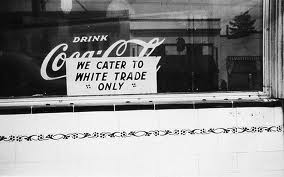
So, in summary, I support Jes Baker’s Attractive & Fat photoshoot. I really do. I just wish that while she’s fielding calls from reporters this week, she takes a minute to mention how Abercrombie & Fitch has been discriminatory against a lot more people than just fat people. And maybe rather than advocating more plus-sized models in the A&F catalog, we should all be shopping at stores that aren’t trying to exclude people in the first place.
Because, there’s no part of me that wants to spend money in a place that thinks it can define for me what the American ideal is.

